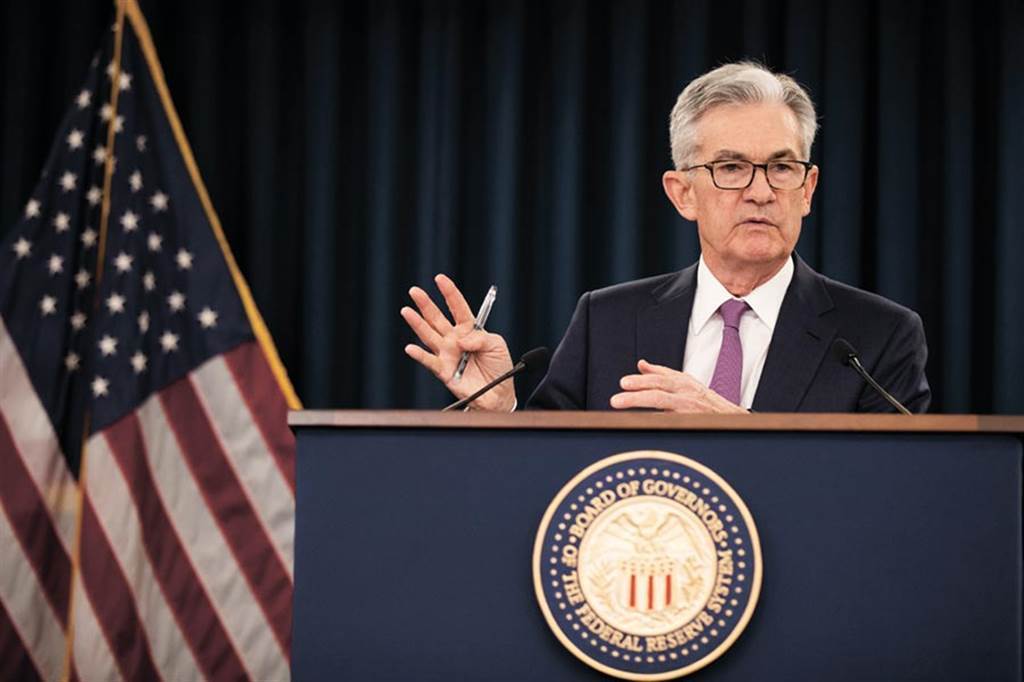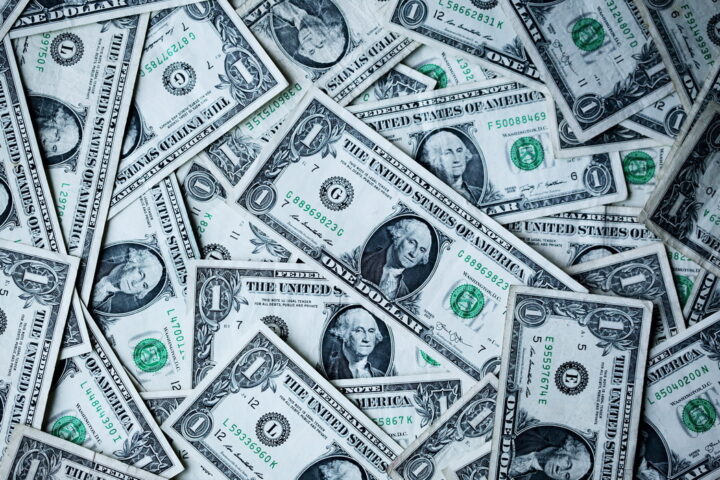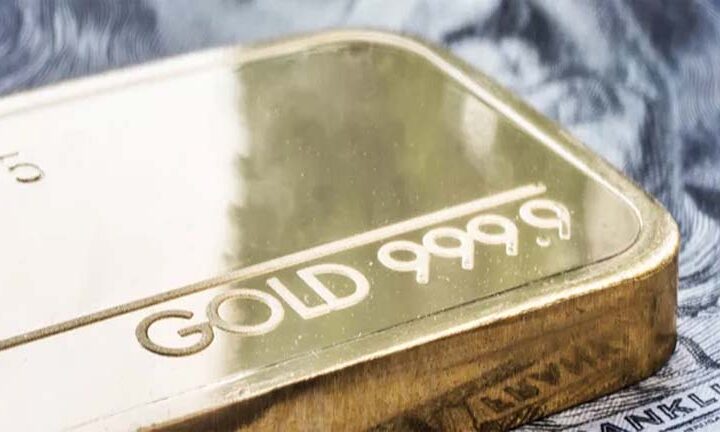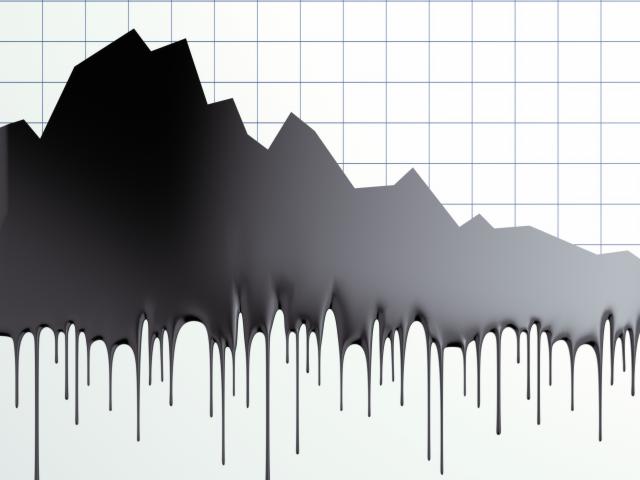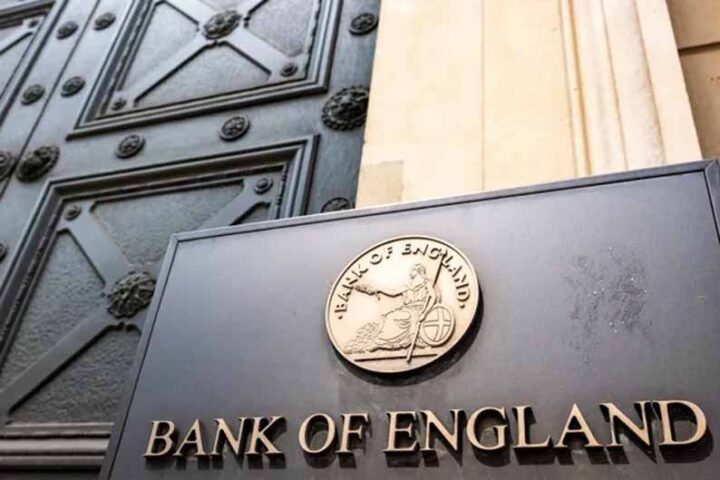By Jeffrey Halley
You had the feeling that Wall Street, with perpetually itchy buy-button trigger fingers, was primed for this FOMC. As expected, the FOMC raised the Fed Funds target by 0.75%, to a target range of 2.25%-2.50%.
It was what Jerome Powell said afterwards that turbocharged the FOMO gnomes of Wall Steet.
The Federal Reserve chair said that it may be appropriate to slow the pace of increases going forward and that the decision on that would become a meeting to meeting one, effectively throwing out the forward guidance.
Powell couched that by saying that he “wouldn’t hesitate” to implement sharper increases if the data warranted it.
For some time, the US bond markets have been pricing a US recession, inflation peaking and falling by early 2023, and Fed rate cuts to start in H2 2023.
Therefore, markets happily ignored the “wouldn’t hesitate” remarks and concentrated solely on the potentially slower pace of rate hikes bit, ignoring the fact that the Fed still seems intent on getting to a 3.50% terminal rate; it’s just whether it happens sooner or later.
The result was predictable, of course. Markets piled into the buy everything, sell US Dollars trade.
Wall Street soared, led by the rate-sensitive Nasdaq, which booked over 4% gains.
The big winner was Meta, as the ‘buy everything’ trade limited the fallout of their poor earnings results and forward guidance.
Cryptos rallied, Bitcoin rising over 8.0%, meaning that in addition to being a haven asset, an inflation hedging asset, a Dollar debasement hedge, and a deflation hedge, it is now a peak Fed/Fed Funds hedge.
Even gold rallied overnight, but US bond markets were surprisingly steady, suggesting that for once, a plan had come together perfectly.
Early price action on Asia-Pacific equities shows only modest gains and certainly not FOMO gnome exuberance.
It could be that Asia is also watching rising oil prices, China’s covid zero and property market travails, Europe’s imminent gas-induced recession, and the ongoing Ukraine-Russia conflict giving them a more nuanced and less narrow world view, which doesn’t end at the East and West coasts of the United States.
The big winner in Asia looks like it’s going to be the Japanese Yen.
US bond markets look extremely comfortable with their peak-yield stance right now, and the highs we saw in June could well be the highs in US yields for this cycle.
USD/JPY fell 1.0% in Asia on Thursday, and long USD/JPY remains a crowded trade executed at unattractive levels. I can well imagine USD/JPY trading at 132.00 now before it sees 138.00 again.
We don’t have another FOMC meeting until September 21, and a lot of water could flow under the inflationary bridge before then. The FOMC’s priority is inflation, and the data flow they are now relying on could well be either good news or bad news on that front.
With forward guidance sub-contracted out to data flow from now on by the Fed, we can assume that volatility gyrations will remain elevated, becoming “operations normal.”
Thus, assuming the “buy-everything” trade will now be a one-way ticket to investor nirvana is perilous. That reality will seep into markets eventually, but perhaps not this week.
US GDP could well print a second negative quarter Thursday evening, but forecasts vary widely.
Perversely, a negative print will probably see another stock market rally and US Dollar sell-off in the context of the price action overnight.
The PCE Index data on Friday, if it shows signs of waning, could see a rinse repeat. It is a strange world where an impending US recession is a signal to pile aggressively into stocks, let alone richly valued technology stocks.
Presidents Xi and Biden are due to have a phone call Thursday. US tariff reduction seems to have fallen off the news headlines, and there may be no moves there.
China may well be more concerned about the US reiterating the one-China policy and Taiwan. Expect not much to emerge from the phone call and even less to impact markets.
Later Thursday, German Inflation for July is expected to ease slightly to 7.20% from 7.40%. A higher print will jangle the nerves of investors and give the ECB more unenviable food for thought.
Overall, Germany and Europe’s fate is much more closely tied to the Russian natural gas situation and, to a lesser extent, Italian politics.
EUR/USD did manage to book an 80 pip gain to 1.0200 overnight, but looks in danger of stalling once again. The peak-Fed, buy everything trade, is still in danger of passing Europe by.
Oil rises again overnight
Oil prices climbed once again overnight, boosted by a weaker US Dollar and a large drawdown of crude and gasoline stocks in the overnight official US Crude Inventory data.
The inventory data was a surprise, and in combination with tumbling Russian natural gas supplies to Europe, it seems the reality that the physical market is as tight as ever is boosting prices.
Brent rose 2.45% overnight to $107.15 a barrel. In Asia, it gained another 0.30% to $107.50, and it is testing formidable resistance at this level. A daily close above $108.00 would now be a significant bullish technical development targeting the 100-day moving average (DMA) at $110.15, followed by $115.00. Support is at $104.00 and then 101.50.
WTI rallied 2.75% to $98.10 overnight after the crude inventory release, gaining another 0.40% to $98.50 in Asia. WTI has resistance at $99.00, the week’s highes, and then $100.00. The 200-day moving average (DMA) at $94.95 is nearby support, followed by 92.50.
Gold up on weak US Dollar
Gold jumped 1.0% higher to $1734.50 overnight, boosted by heavy US Dollar selling after the post-FOMC press conference.
The charts continue to suggest that the yellow metal is trying to form a medium-term low; however, the price action remains underwhelming, even after the rally overnight. Softer US Dollar Thursday and Friday could spur more US Dollar selling and lift gold higher, however.
Gold needs to overcome heavy resistance at the $1745.00 an ounce triple top before the gold bugs can really start to get excited. It has support at $1700.00 and $1680.00, and then the longer-term support around $1675.00. A sustained failure of $1675.00 will signal a much deeper move lower targeting the $1450.00 to $1500.00.
Jeffrey Halley is Senior Market Analyst, Asia Pacific at OANDA
Opinions are the author’s, not necessarily that of OANDA Global Corporation or any of its affiliates, subsidiaries, officers or directors. Leveraged trading is high risk and not suitable for all. Losses can exceed investments.

